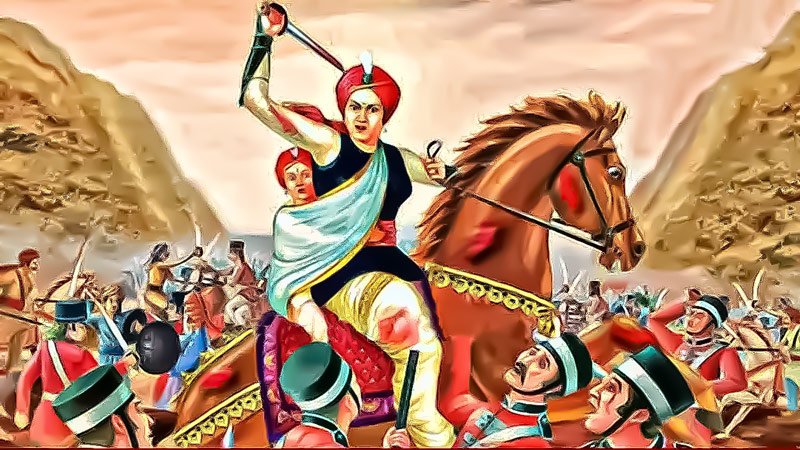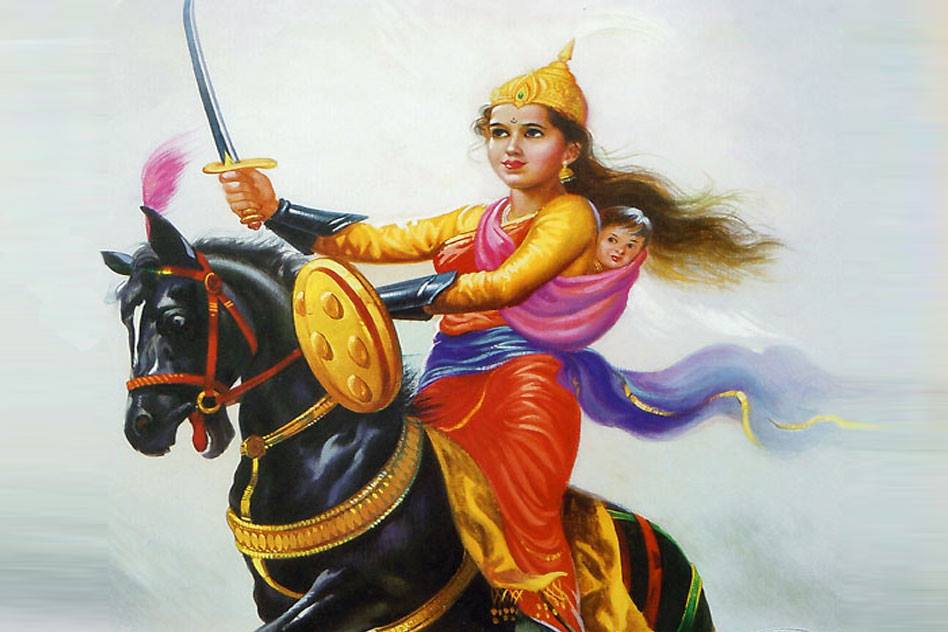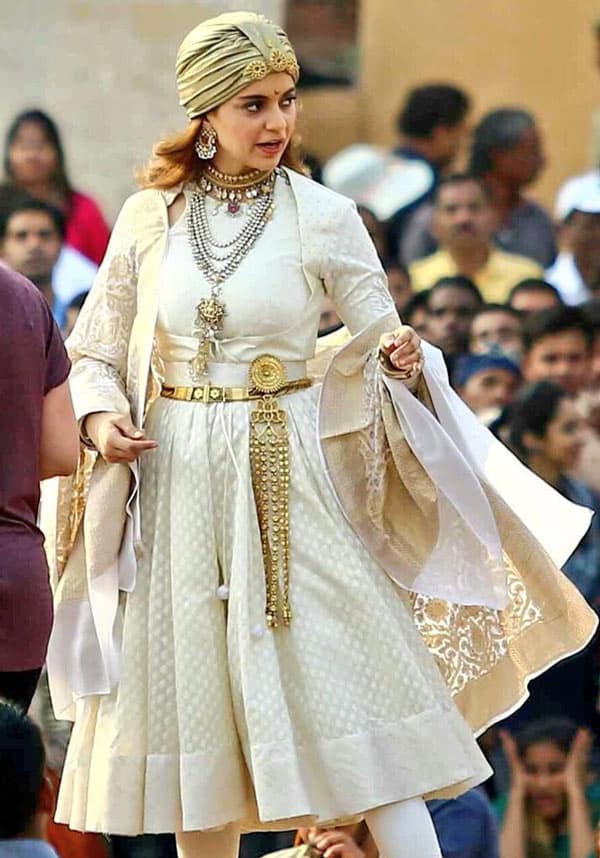

Rani Lakshmibai changed into born on 19 November 1828 withinside the metropolis of Varanasi. She changed into named Manikarnika Tambe and changed into nicknamed Manu. Her father changed into Moropant Tambe and her mom Bhagirathi Sapre (Bhagirathi Bai) who hailed from contemporary-day day Maharashtra. At 4 years vintage her mom handed away.

Her father changed into the Commander of War below Peshwa Baji Rao II of Bithorr District. She changed into knowledgeable at home, capable of examine and write, and changed into extra impartial in her formative years than others of her age; her research covered shooting, horsemanship, fencing which changed into in evaluation to the cultural expectancies for girls in Indian society on the time.
At the age of 14, she changed into married to the Maharaja of Jhansi, Gangadhar Rao in 1842.
After her marriage, she changed into referred to as Laxmibai.
Her son Damodar Rao changed into born in 1851. But he died after 4 months.
Gangadhar Rao died in 1853. Before he died, he had followed his cousin's son Anand Rao, who changed into renamed, Damodar Rao.
Rani Lakshmi Bai Contributions in Indian Freedom Struggle
Rani Lakshmi Bai changed into recognized for her incredible bravery who changed into an crucial call withinside the Freedom Struggle towards the British. This phase highlights her important sports performed towards the British Government to satisfy the dream of Free India.

10 Points approximately Rani Lakshmi Bai Role withinside the 1857 Revolt
Lord Dalhousie (Born on April 22, 1812) sought to annex Jhansi whilst the Maharaja died making use of the Doctrine of Lapse for the reason that king did now no longer have any herbal heir.
As in step with this, the Rani changed into granted an annual pension and requested to go away the castle of Jhansi.
The Revolt of 1857 had damaged out in Meerut and the Rani changed into ruling over Jhansi as regent for her minor son.
British forces below the command of Sir Hugh Rose arrived at Jhansi castle with the purpose of taking pictures it in 1858. He demanded that the metropolis give up to him in any other case it might be destroyed.
Rani Laxmibai refused and proclaimed, “We combat for independence. In the phrases of Lord Krishna, we are able to if we're victorious, experience the culmination of victory, if defeated and killed on the sector of war, we will without a doubt earn everlasting glory and salvation.”
For weeks the war went on wherein the Rani led her navy of males and females valiantly towards the British. Despite brave combating, Jhansi misplaced the war.

The Rani, tying her little one son on her back, escaped to Kalpi on horseback.
Along with Tatya Tope and different insurrectionlion soldiers, the Rani captured the castle of Gwalior.
Afterwards, she proceeded to Morar, Gwalior to combat the British.
Rani Laxmibai died whilst combating in Gwalior on 18th June 1858, elderly 23. She changed into dressed as a soldier whilst she died.
Legacy
Sir Hugh Rose has commented, “Remarkable for her beauty, cleverness and perseverance, she were the maximum risky of all of the insurrectionlion leaders. The fine and bravest of all.”
Rani Laxmibai have become a image of resistance towards British rule for later nationalists in India.
She will constantly be remembered as a wonderful martyr who laid down her existence for the reason of freedom. She is a image of courage, heroism and female power.


